In the digital age, we live in a world that is rich with data. Per day, we even create more data as the projected volume in 2020 is 40 zettabytes…
continue readingData analysis plays a crucial role in research. A set of figures and facts would not make sense without interpretation and contextualization. A systematic examination of raw data should be done properly for it to be meaningful and beneficial for organizations. Business owners and other professionals rely on analytics to strategize an effective marketing plan and make sound decisions. After a thorough analysis of data patterns, this information is presented through a report which would then be the basis for decision-making.
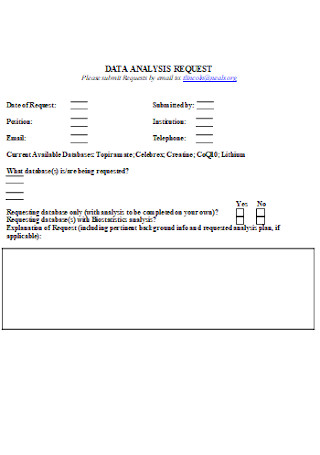
In the digital age, we live in a world that is rich with data. Per day, we even create more data as the projected volume in 2020 is 40 zettabytes…
continue reading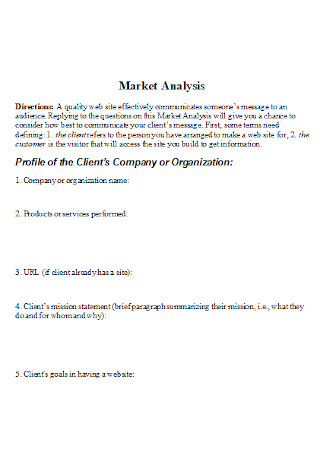
Did you play with miniature plastic bricks called Lego when you were still young? Such toys became a hit ever since its first release of Lego bricks produced in 1949.…
continue reading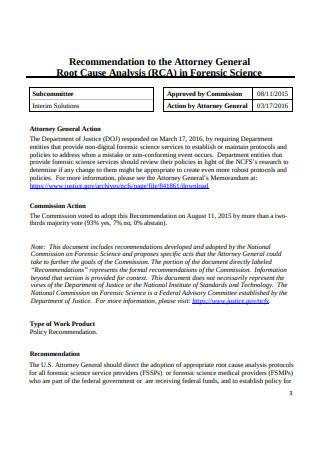
Your workforce can experience 31% higher productivity if they are happy (source: talentworks). This should already be enough for your business to make sure that the root causes of problems…
continue reading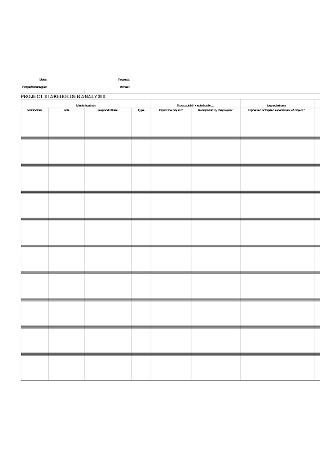
Your project can have a higher chance of being successful if you can work well with your stakeholders. Knowing the people or groups involved in your project the soonest…
continue reading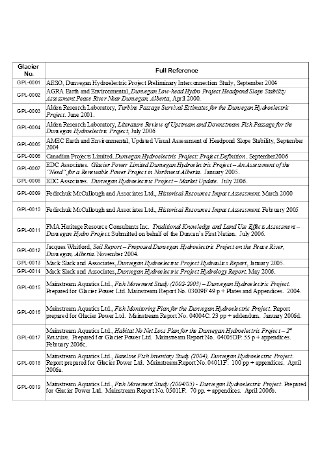
A technical report serves as a comprehensive document that provides in-depth analysis, findings, and recommendations on a specific technical topic. It’s designed to communicate detailed information, methodologies, and results…
continue reading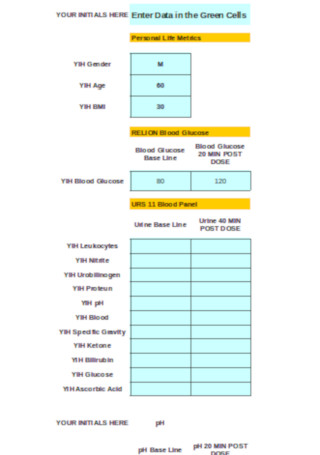
A lab report is a structured document that describes and analyzes a scientific experiment. It is typically written by students and professionals in fields such as chemistry, biology, and…
continue reading